Charting a Path to More Aware & Connected Philanthropic Giving
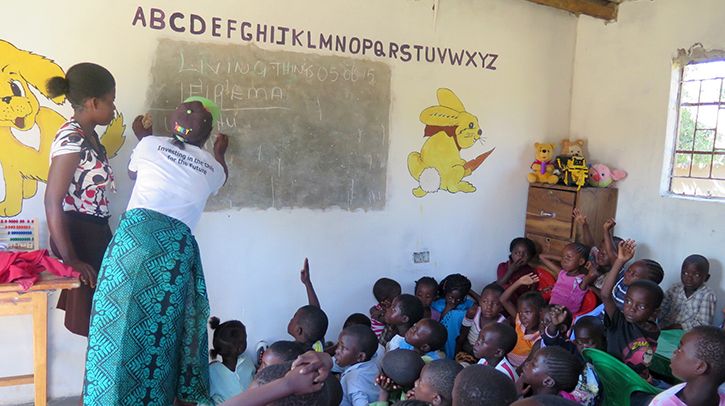
Episcopal Relief & Development is committed to caring for moms and their babies – for the sake of families we serve, for orphans and vulnerable children affected by HIV/AIDS and for our donors and supporters who trust us to work effectively with local partners to create sustainable, long-term programs.
We work with Anglican Communion and ecumenical partners worldwide to help local communities address complex challenges such as hunger, health care and economic opportunity. This integrated approach places Episcopal Relief & Development in a network of organizations that, working together, can make a significant and lasting difference in the lives of many people.
In February 2016, our partners in Zambia received a visit from Heather Grady, Vice President at Rockefeller Philanthropy Advisors, and Shaheen Kassim-Lakha, Director of International Programs at the Conrad N. Hilton Foundation, which provides generous support to the Early Childhood Development (ECD) Program run by our partner the Zambia Anglican Council.
In her post, Heather notes how the Rockefeller Foundation and other foundations are on the cutting edge of crafting “mapped” portfolios aimed at solving problems around a particular goal or theme, such as child survival. Supporting these coordinated, multi-sector efforts are systems like the Sustainable Development Goals (SDG) Philanthropy Platform, a global initiative that connects foundations and philanthropists with broad knowledge and on-the-ground networks. Read below to find out how this platform helps organizations like us and our partners play a key role in larger strategies to help heal a hurting world.
— Mike Smith is the Major Gift Officer for Episcopal Relief & Development.
—————————————–
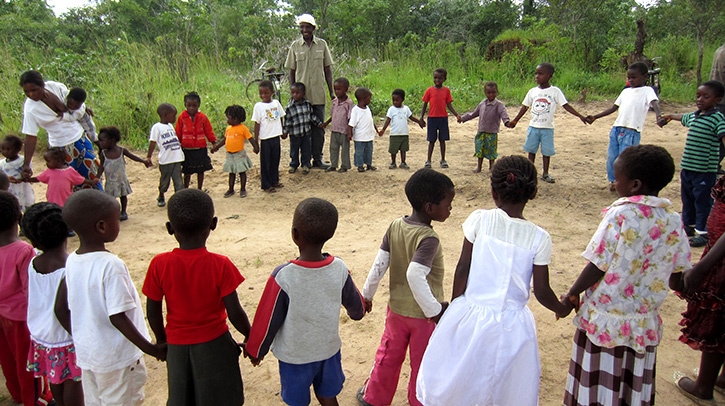
We must chart a new path for philanthropic giving that is more aware and connected, and that takes more advantage of converging around shared aims and goals.
I’m fresh from a trip to Africa, a continent where I cut my teeth as a young professional decades ago, working in Sudan for 3 and a half years with an NGO on “integrated rural development.” That’s what we called it then, planning our programs carefully to create stable transitions from famine to relief, and from recovery to sustained local development, as well as understanding the links between the social, economic, and environmental dimensions of people’s lives. And we worked closely with local government and community counterparts to help build their capacity when there were gaps. Across the world, those years saw good programs and bad, but I’ve heard that the province where I worked in Sudan has thrived even in turbulent political times.
I am gratified to see these methods have a newfound popularity today, albeit with different terms like “user-centered design” and “systems thinking.” In the philanthropy sector, as in academia and broader civil society, many foundations are aiming to reshape their programming and operations so that they are more responsive to grantees and their local context, and so they can create more coherent portfolios. There is growing reliance on networks and communities of practice among grantees and foundations themselves. It’s not the dominant approach, but an emergent trend.
My recent trip to Africa was an illustration of this. Visiting Kenya and Zambia with Shaheen Kassim-Lakha, international program director of the Conrad N. Hilton Foundation, I saw how the Hilton Foundation and other foundations have been on a steady path from supporting individual grantees (most often civil society organizations) to crafting “mapped” portfolios – a cluster of grantees that includes civil society, government departments, UN organizations, and sometimes social enterprises—all aimed at solving problems around a particular goal, sector, or theme. In Kenya, a focus of the Hilton Foundation is supporting early childhood development efforts in communities affected by HIV/AIDS, before and beyond the common intervention of access to preschools. And in Zambia, we had fruitful discussions about programming for children and their wider communities with the UN, government, and groups of local and international NGOs and faith-based organizations, which are very close to the challenges in their communities, and thus an important part of successfully addressing them.
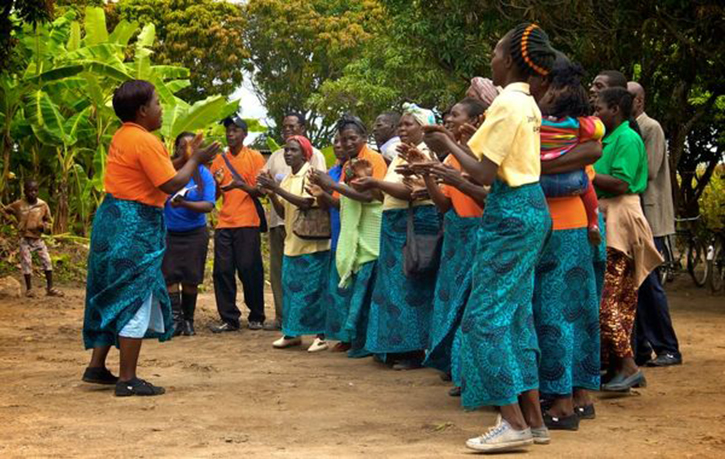
A booster for these efforts and the basis for our trip was the Sustainable Development Goals, or SDGs Philanthropy Platform, a global initiative and online information hub to connect foundations and philanthropists with knowledge and networks that can deepen collaboration, leverage resources and sustain impact. Launched by Rockefeller Philanthropy Advisors, the United Nations Development Program, and Foundation Center, with funding from the Hilton, Ford, and The MasterCard Foundations, the Platform helps those in the funding ecosystem learn about or connect with others who may not otherwise be easy to reach. Larger foundations that have been around for a while, or those with staff on the ground, may not need this as much as others. Even so, in each focus county of the Platform, a local Coordinator based in the UN, focused on supporting philanthropy and making those important connections, can save a lot of research and landscaping effort on the part of foundations and others.
This is particularly true as governments around the world turn to creating their national SDG plans. In both Kenya and Zambia, we found not only government and the UN, but also civil society and to some extent the business sector, were finding ways to be a part of achieving these 15-year goals, and the Platform serves as “connective tissue.” The SDG global and national framework creates a kind of taxonomy, or classification system, for the work that many of us do. The social marketplace for funders and grantees, and impact investors and social enterprises, doesn’t work well yet, particularly for work between countries. Providing more accessible information on different actors—locatable by country, goals, and targets—will inevitably boost the impact of philanthropic and grantee networks. We saw this in practice in Kenya, where the platform launched in late 2014 (Indonesia, Colombia, and Ghana have also launched these platforms), and we saw potential in Zambia, where we will launch later this year (other target countries include the US, India, Brazil, and Rwanda).
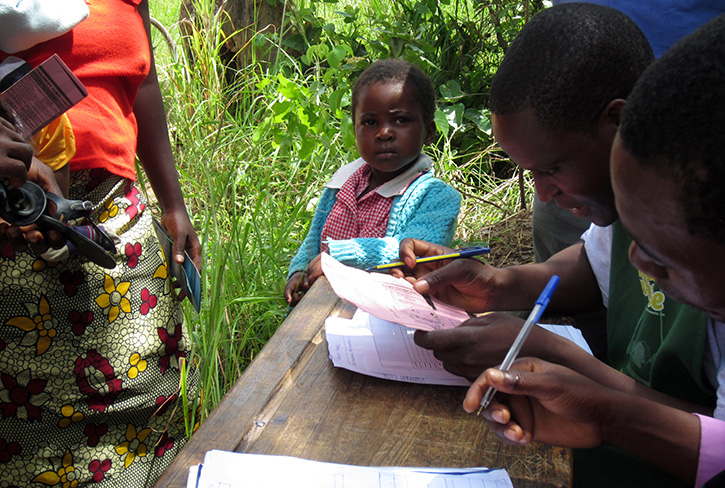
There are challenges, to be sure. Governments aren’t always open to philanthropy, and aren’t necessarily accountable for their spending commitments, let alone when it comes to implementing a set of very ambitious SDGs. The Government of Colombia is one of several showing great leadership in this area, and it will take effort to meet their high standards in more countries. And the UN and philanthropy speak and work so differently that we need a consistent practice of “bridging.” Equally important, the autonomy and independence of civil society organizations and philanthropy are important dimensions of healthy societies; collaborating with governments toward shared goals must take this into account.
Leaning into the challenges and potential obstacles is worth the eventual outcome, in my view—philanthropic giving that is more aware and connected, and that takes more advantage of converging around shared aims and goals. Global Giving, the Elevate Children Funders Network, and Impact 2030 are similarly building on these new goals to achieve greater impact. Results in Kenya, Zambia, and all the other countries where we are trying these new approaches will be the only way to prove that we’re right.
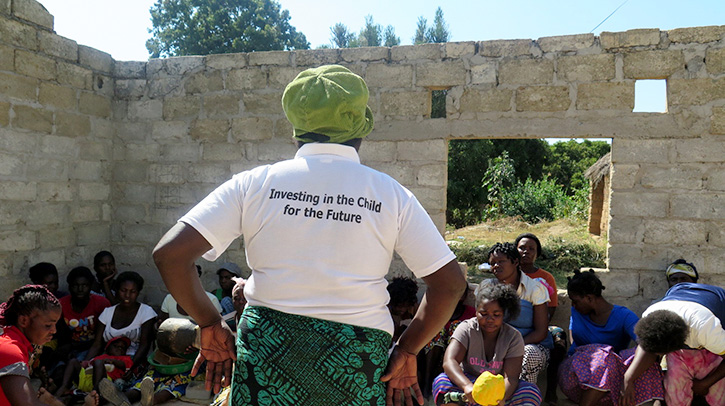
—————————————–
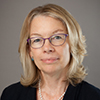 Heather Grady is the Vice President at Rockefeller Philanthropy Advisors.
Heather Grady is the Vice President at Rockefeller Philanthropy Advisors.
*This blog was originally posted on the Conrad N. Hilton Foundation.
Image Captions: Top, Children in a Zambia Early Childhood Development (ECD) classroom. Middle 1, Children holding hands in a circle. Middle 2, Volunteers welcome visitors to the Zambia ECD Center program. Middle 3, A child registering for the Zambia ECD program. Bottom, Zambia ECD Mansa caregivers cooking class.


